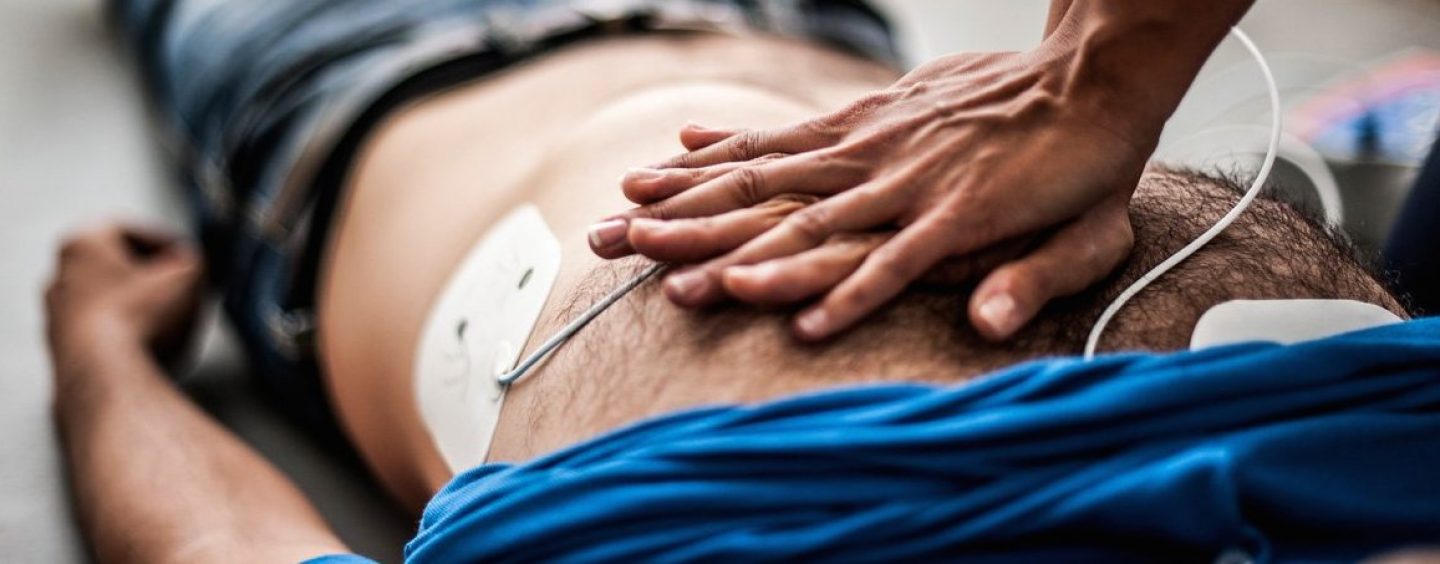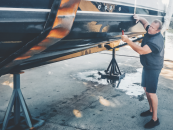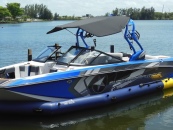Getting out on the water with family is usually the highlight of your week. The wind in your hair, the sun, and the salt air, with your boat purring along and the family smiling from ear to ear. So what happens when that perfect day takes a sudden and deadly turn?
It is estimated that around 25,000 people suffer from sudden cardiac arrest every year in Australia. Of these numbers, only 10% survive. An even more alarming statistic is that less than half of the people who suffer cardiac arrest have someone step in and perform CPR or use a defibrillator. By the time paramedics arrive and without first aid intervention, it is usually too late for the patient.
So if timing is so critical on land, what do you do when you are on the water? Depending on where you are, it can take emergency services 20 to 30 minutes to reach you, which is far too long to aid someone in a medical emergency.
This is the reason many boats are now fitting automated external defibrillators (AED) to their vessels. Many defibrillators on the market (like the new HeartSine samaritan range) are made for the outdoors and can handle all kinds of weather. They function just as well in the pouring rain than on a sunny day! Having an AED on board provides peace of mind; that in the event of an emergency, the boat is equipped the best it can to handle that emergency. Coupled with this of course is CPR training. It is highly recommended that at least one person on board has received CPR training, as the courses are made to complement AED usage. Although defibrillators are indeed made to be so easy to operate that anyone can do so without training, the confidence you receive from scenarios in training are immeasurable in their value – a more decisive first aider is a faster first aider.
Once you purchase an AED for your vessel, you may be wondering where to store it. Out of the way, or in a locked compartment under the floor (That thing’s expensive after all!)? The best place to keep the defibrillator is in the most visual and easily accessible location available. In so many cases a boat does the right thing and has an AED on board, but in the franticness and scuffling of a medical emergency, people either cannot find it or it is locked away and the key is nowhere to be found. It is recommended that AEDs be mounted to a vertical surface and be within easy reach to minimise time between the beginning of the cardiac arrest and the first shock from the defibrillator. Studies show that those who have shock administered on them within the first minute of a cardiac arrest are 90% more likely to survive. It is certainly a massive step up from waiting anxiously for half an hour for help to arrive.
A lot of people balk at the price of a defibrillator and are convinced they will never use it; hence it’s a waste of money for them. Sadly, it is this mentality that prompts many people to buy defibrillators after a tragedy has already occurred. The price of a defibrillator is irrelevant when weighed against someone’s life. There is a growing push for people to recognise their value before they realise that not having one available would have saved a life.
So don’t hesitate! Make your boat ‘heart safe’ and enjoy your time on the water with the knowledge that you are in the safest possible hands.
By Scott Whimpey (First Aide)



























